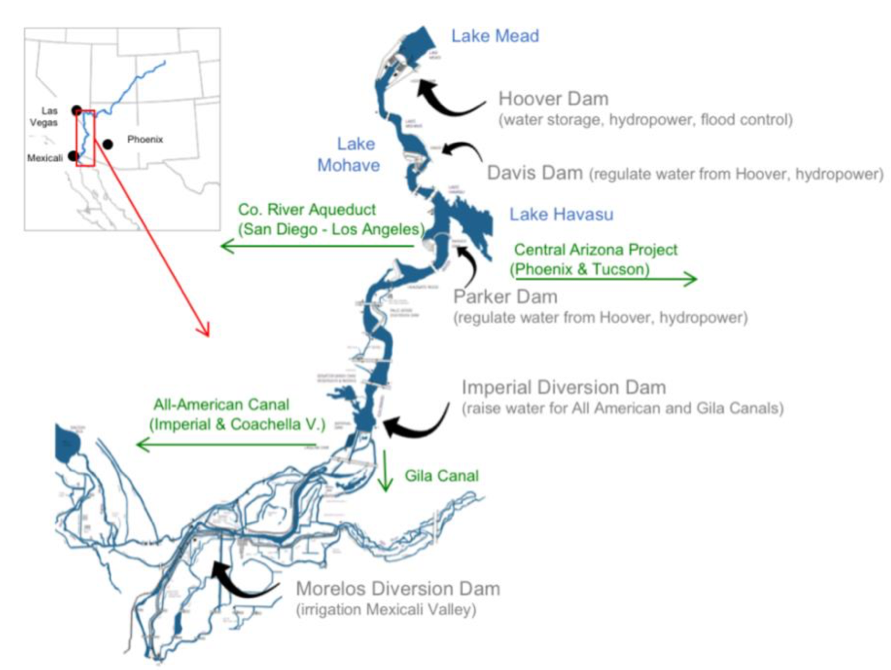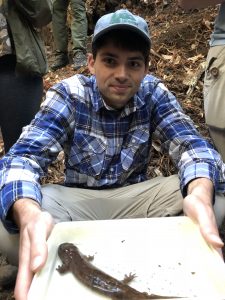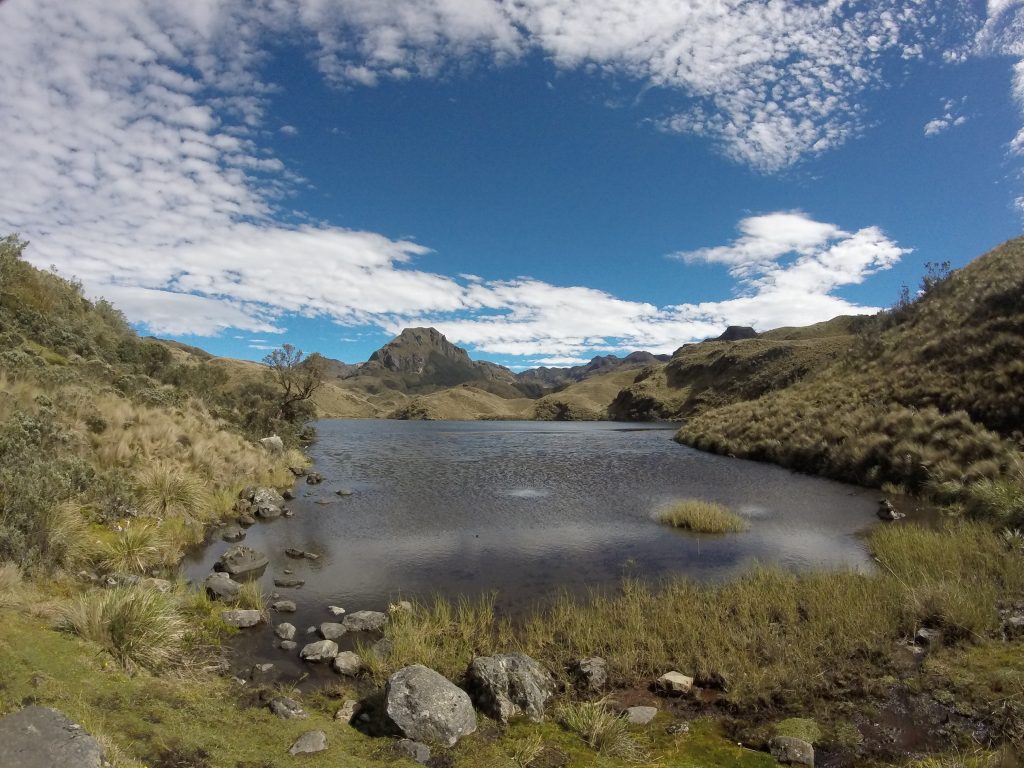Hi! I am Zhenhua Sun, visiting Ph.D. student in the lab. During my stay I have been gathering data on water quality and macroinvertebrate community composition in ponds and wetlands across the globe. Our study areas and collaborators span Argentina, Canada, France, Ireland, Norway, Slovakia, Sweden, Switzerland, UK, and the US!
In particular, we are asking whether natural, agricultural, and highway ponds differ in the contributions they make to landscape-scale biodiversity. In turn, this could in stormwater pond design, so that these elements of green infrastructure maximize ecosystem benefits.
Stay tuned for a forthcoming paper on the topic!




